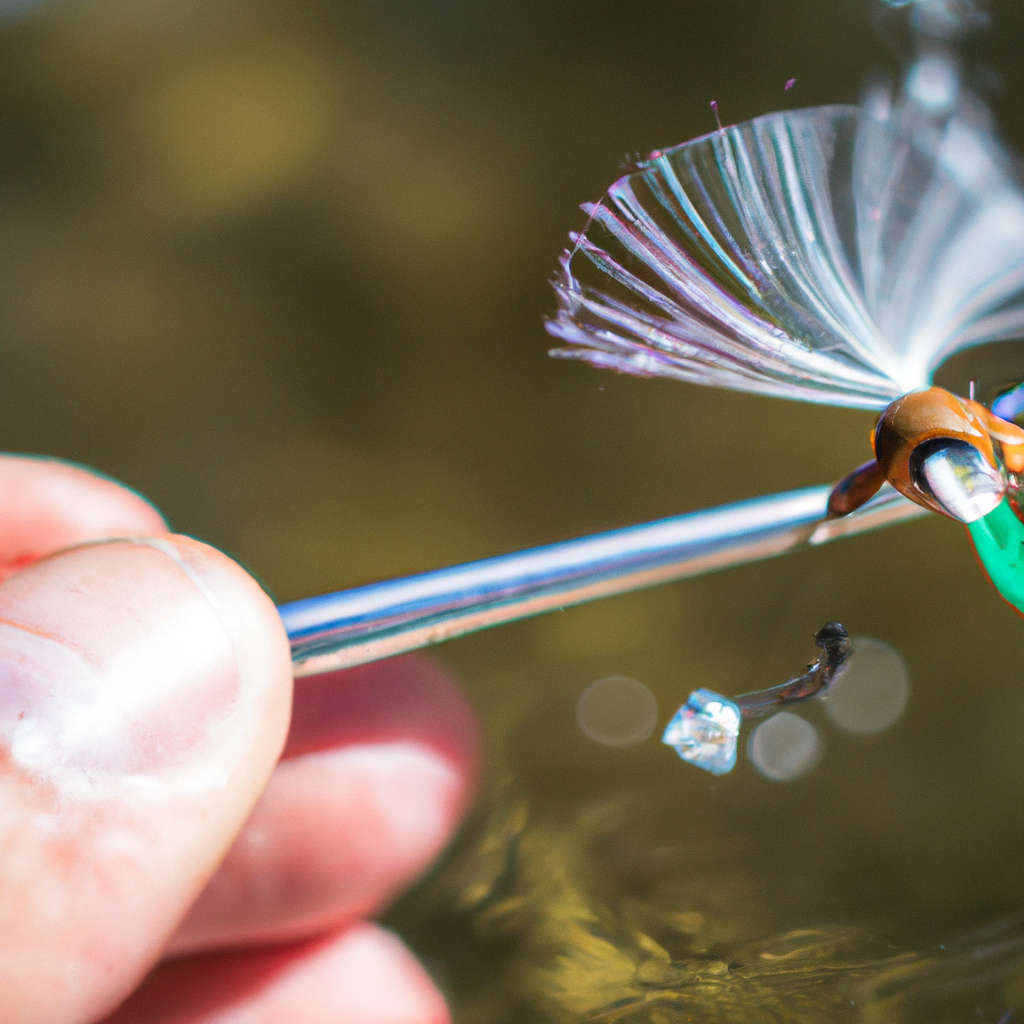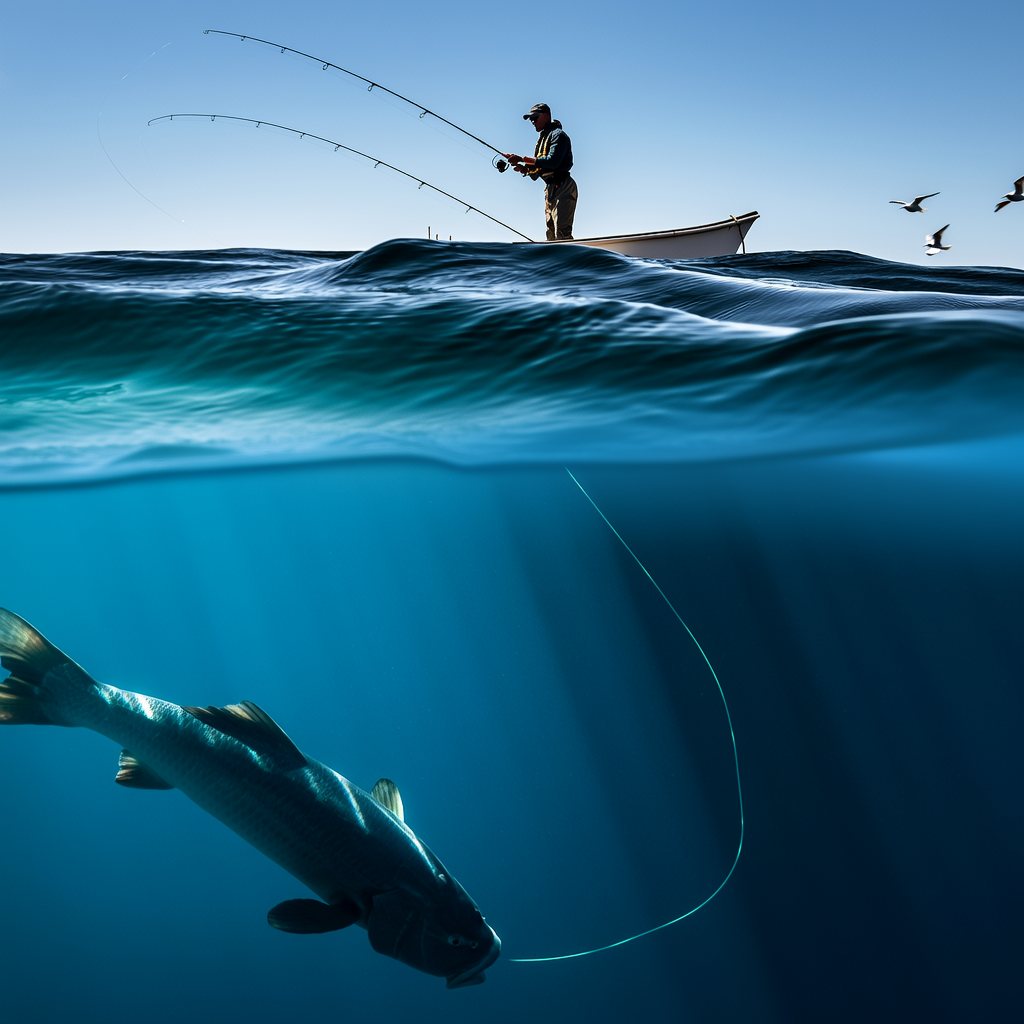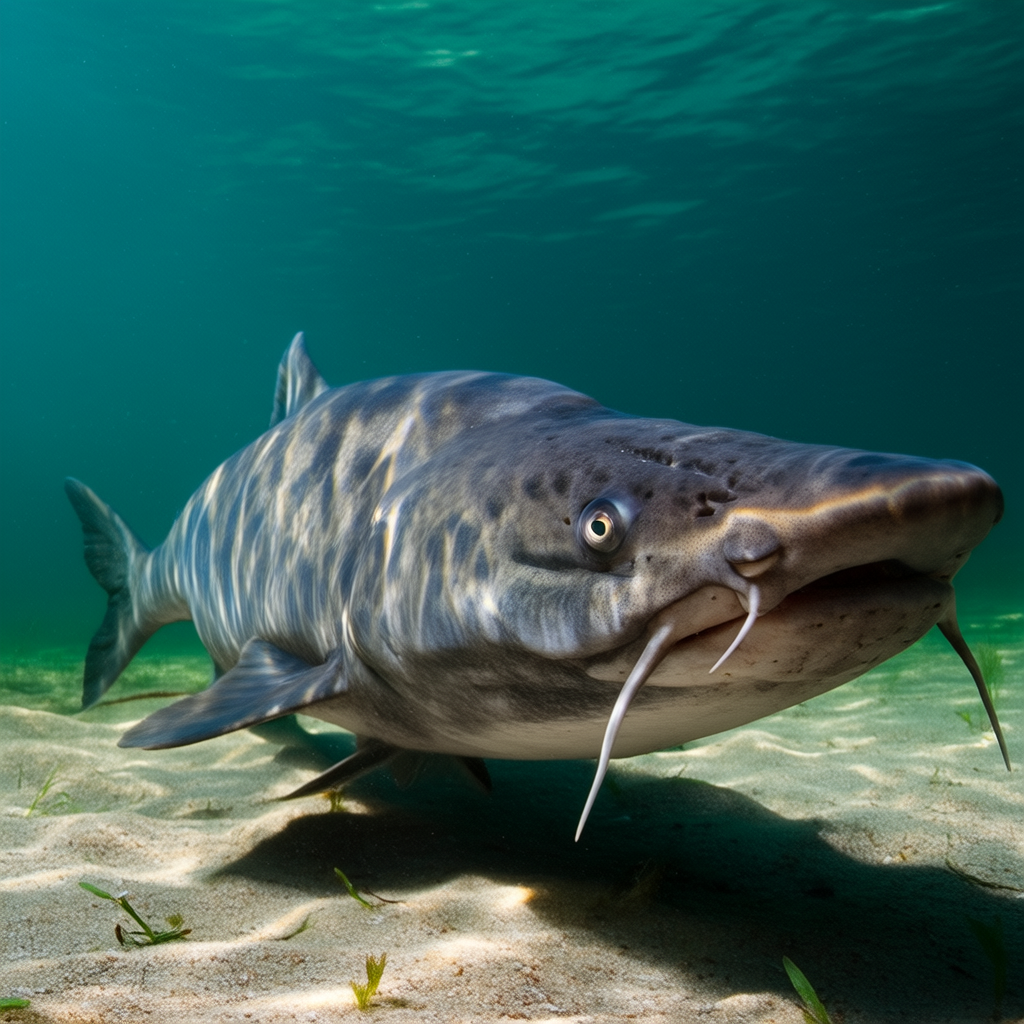Tailwater Fly Fishing: Tricks and Tips
Are you looking for a fly-fishing adventure that will challenge your skills? Tailwater fly fishing is the best option. These rivers are highly regulated, and often stocked, which creates a unique challenge to anglers. This article will cover the basics of tailwater fly-fishing, as well as some tips to improve your chances of success.
What is Tailwater Fly Fishing?
Tailwater fly fishing is angling in rivers downstream of dam releases. These waters are more stable in terms of water temperature and flow rate because they are controlled by the dam. These waters are ideal for trout because they need cool, oxygen-rich water in order to thrive.
Trout are attracted to tailwaters because they have a higher number of insects. These insects hatch all year round, so tailwater fly fishing is a productive activity.
Location, Location, and Location
Finding the right spot is key to successful tailwater fly fishing. It is important to research the river where you want to fish, as well as the location and times it releases water. These details are often found on the website for the agency that manages the dam.
It’s also important to identify the areas where trout are most likely to congregate. You should look for deep pools, banks with undercuts, and other areas that have cooler water and are more oxygen-rich.
The Right Gear
Tailwater fly fishing requires specialized gear. This includes a rod, reel and line. Layers are important because the water can be cold. To keep dry while wading in rivers, bring boots and waders.
Match the hatch when choosing a fly. Pay attention to the appearance of the insects in the water and select a fly that is similar. It is important to use the correct line and tippet. When fishing for wary trout in clear waters, a thin tippet is essential.
Techniques for Success
Once you have your gear and your location sorted out, it is important to use the correct techniques to catch trout. Tailwaters can be difficult because the trout are selective and wary. These are some tips to help make your tailwaters successful.
- Avoid making a rash presentation. Trout in tailwaters can be scared by clumsy castings and loud flies. To avoid scaring them away, cast gently and land gently.
- Let your fly drift: In tailwaters it is important to let your fly drift with the current. Avoid dragging your fly or jerking it. Let the trout come to your feet.
- Your fly should be changed often: Tailwaters can be home to a lot of insects. It’s important to keep your fly fresh to ensure that the trout are getting the right food. Keep a variety of flies in your flybox and change them as necessary.
- Fish small: Trout often eat small insects such as midges and mayflies in tailwaters. To imitate these insects, use small flies and light tipspets to increase your chances of success.
- Pay attention to the water. Tailwaters can cause subtle changes in temperature and water flow that can affect where the trout are eating. These changes can impact where the trout are feeding so pay attention and adjust your fishing accordingly.
Conclusion
Anglers can enjoy challenging but rewarding tailwater fly fishing. You can increase your chances for success on these regulated rivers by researching your location, using the correct gear, and employing certain techniques. Be patient, observant and persistent and you might be rewarded with a trophy fish on your line.




